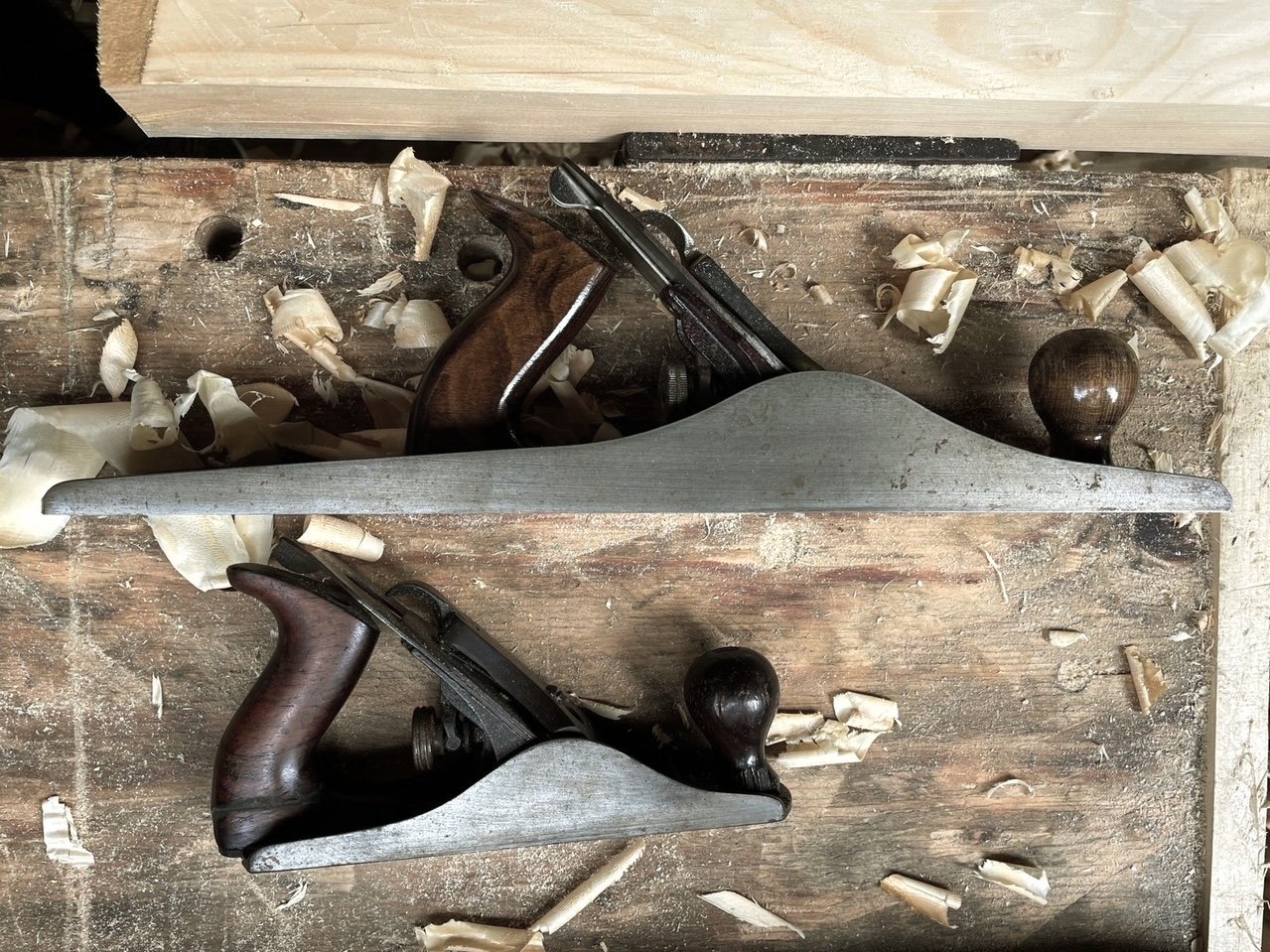We are the Perrills and we make things.
Sometimes we make big things (we’ve been working on our house for 10 years now). Sometimes we make small things (we’ve been crafting earrings for a little over a year). We make silly things, and functional things, and sentimental things. We made two beautiful children and, we made a family.
To be honest we’re mostly guessing when we start the majority of our projects. We set lofty goals, we adjust when we need to, and we take walks through nature for inspiration. We try to keep loving what we do, we take taco breaks, and we take time to romp in our steam before trying again.
My name is Maggie, and the jewelry portion of my making habit began when I noticed all of the beautiful, tiny scraps of wood that my partner left in the sawdust bin to go out to the fire pit. It seemed like a waste, and my fingers were itchy to make something. While the processes have streamlined a bit, I still mostly design each earring off of a single scrap of wood. Each one is truly unique from start to finish: cutting matching sets from a scrap, stabilizing the wood, sanding it into a beautiful shape, waxing and oiling, then finally adding the metal accents and handmade findings happens one pair at a time. I’m sure I could make earrings a bit faster if I did it differently but I like to work slowly. I like to let the wood be my inspiration. I like to work with mother nature.

—
From the Earth,
for your life.
—
What makes the wood that we use so beautiful? Well, most of the work is done by the trees but we do help them along a bit. Aging or spalting the wood once it has been felled is the biggest transformation that you see in the wood. It takes time and most of the wood we are currently using was harvested more than four years ago.
Stabilizing
We use a product known as Shellac to help stabilize the wood to make your pieces last a lifetime. Shellac is a resin secreted by the female lac beetle on trees in the forests of India and Thailand. Shellac as wood finish is natural and non-toxic. It can transform punky, spalted and soft woods that might otherwise be unsuitable for woodworking, sand and finish well enough to be worn on a daily basis.
Spalting
Spalted wood is wood that has been altered by competing fungi resulting in naturally variegated, shifting hues and lines. The fungi infiltrate the wood in waves of primary and secondary colonizers. The first wave of invading fungi then has to defend against the second wave. What we see as beautiful lines in the wood are actually boundaries drawn by different fungal colonies defending their territory. These fungal boundaries are the reason that there is no regular pattern to spalting.
Shaping
We choose to shape most of our pieces by hand. Using Japanese hand saws which act as a series of mini planes, then shaping and smoothing using hand tools allows us to feel and follow the grain of wood. We are able to notice all the intricacies of each burl, twist and turn. While we finish with sandpaper we find that working with hand planes allows us to utilize more of the wood and bring even more beauty and art out each tree. After all, the trees are the ones who do the most work!
